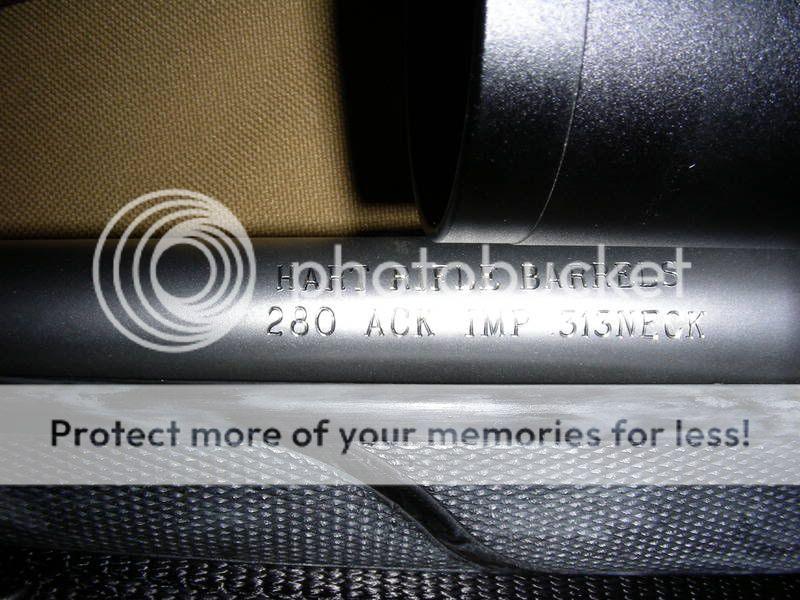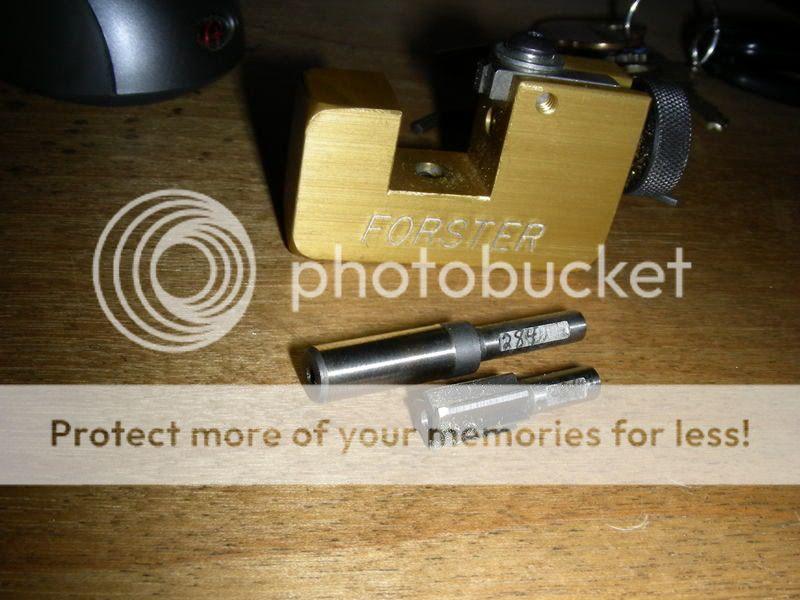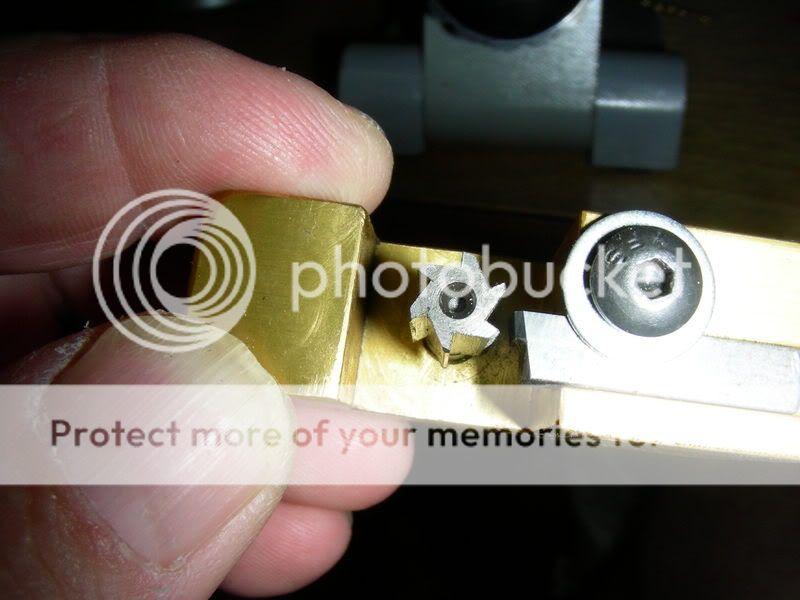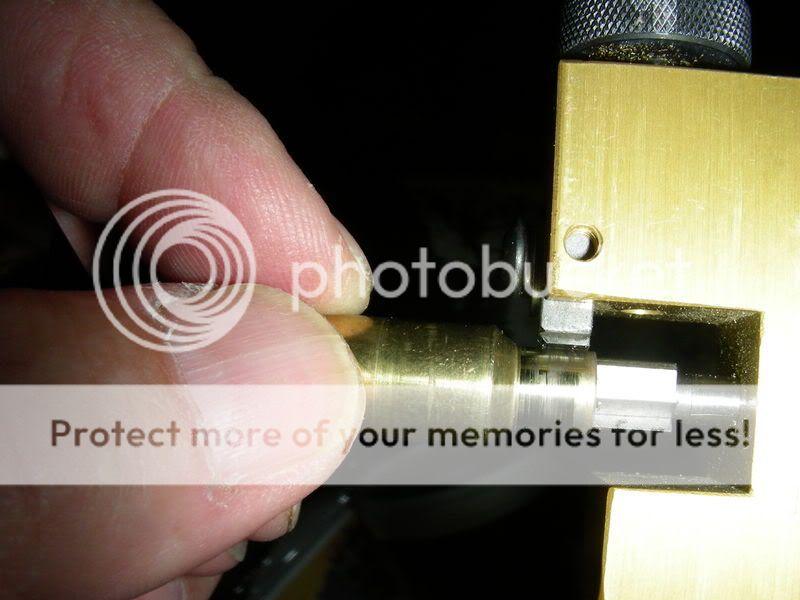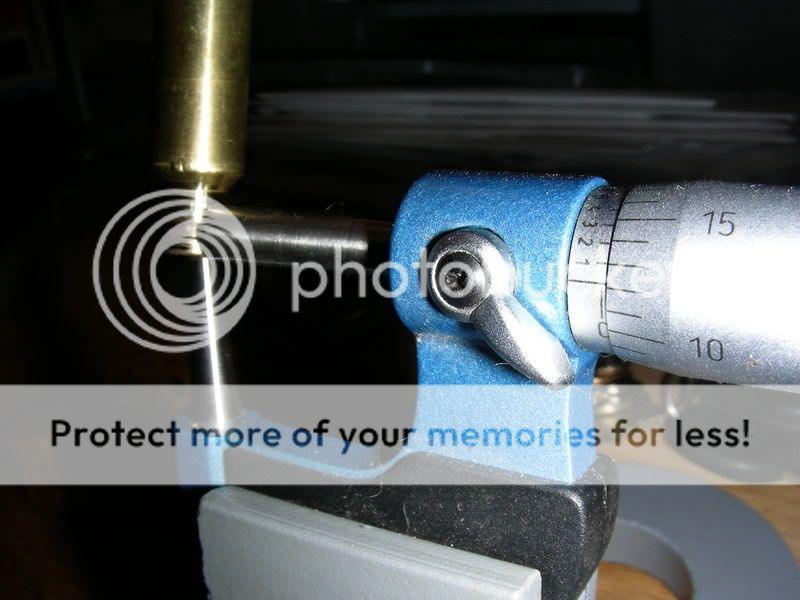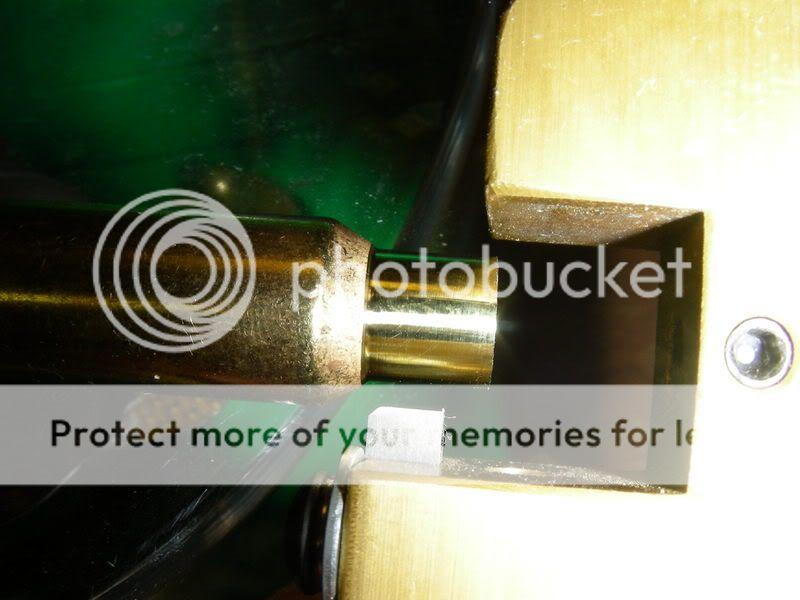I have a .313" neck on my 280AI
and use a Forster Hot 100 hand turner shown here with a mandrel and a reamer
I outside neck turn my new brass to a thickness that be as close as I can get it to have the OD of the fired unsized brass have an outside diameter of .316" (.003" neck clearance in chamber). That will put the ID at .287" which is .003" over caliber and that is the size of the reamer.
That way I can use the outside neck turner and the reamer after fireforming to trap the brass between the reamer and outside neck turner for a clean up on the outside and ream the inside to take care of any minor obstructions like small donuts etc.
I like the Forster because of the cheap reamers and the wide cutting blade (makes a smooth cut)
I only have to turn for 3 tight custom chambers but often put a light partial turn clean up turn on other calibers

